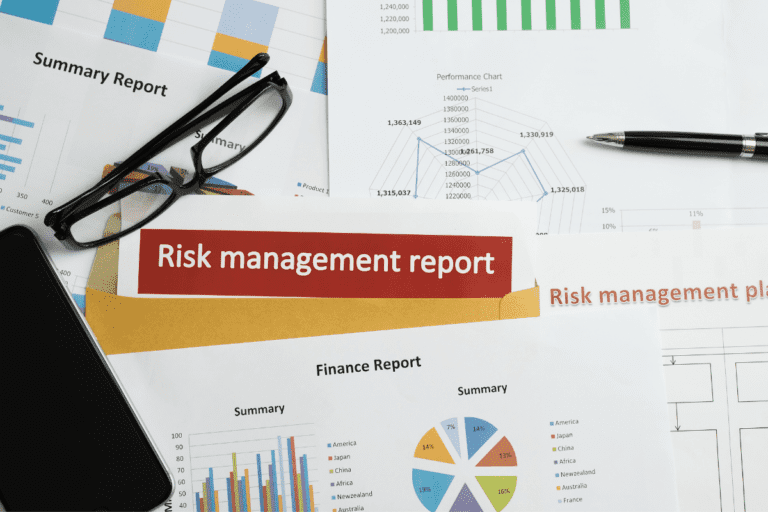In this article, we’ll discuss something a bit ‘terrible’ and use some jargon, so be vigilant, but don’t be scared.
The topic of risk management in software engineering may sound very serious indeed.
The golden rule of risk management is to avoid risk; the golden rule of risk assessment is to quantify what we risk. But before we sound too much like techno-babble talking heads, let’s rephrase this in human language. I promise you’ll get there with me.
What on Earth is Risk Management?
In short, risk management is the locating, categorising, prioritising and hedging against crucial hop-offs potentially slowing down our journey towards the coveted goal. And then, when we map risk management into our story, we can say that, in software engineering, we’re talking about the likelihood of an event that could impact the development or ruin the outcome.
Picture it as pre-planning every conceivable misstep before you even get on the roadmap and end up stranded on the wrong side of nowhere. Good game plan, right?
Let’s Break Down Risk Management in Software Engineering
Risk management in software engineering isn’t rocket science; it entails a few straightforward steps:
- Risk Identification: it’s all about hunting for so-called ‘bugs’ that will likely show up at some point, recognising the flaws within the context of the project and keeping an eye on what-ifs.
- Risk Analysis and Evaluation: Step two analyses and estimates the probable threats. What could be the result, and what’s the likelihood it’ll occur?
- Prioritisation: determining precisely what you’re shooting for and ranking those goals; knowing what is worth Marshall Plan levels of resources, where to direct the energy, and what could be delegated.
- Risk Control and Risk Mitigation: develop policies for dealing with these risks to minimise their likelihood and, should they come to pass, the impact.

Why the Fuss About Risk Management?
In that case, you might ask yourself, why bother with a Rosetta Stone for risk management language? Sound risk management is the safety net that helps you avoid failure and makes the road to successful software more passable.
It helps prioritise resource allocation when you know which possible risk events could have the most damage and require the most significant attention. It helps you commit to achieving more realistic goals and deadline expectations, so you won’t be disappointed by what you cannot accomplish – all of which will spare you a future headache.
Risk Management Practices
Suppose you incorporate risk management into your software development process (and you should). In that case, you will find the journey much less arduous; here are some handy suggestions:
- Risk Management Plan: record your risks, likelihoods, resulting impacts, planned contingency responses, and the person responsible. In short, it’s a rule book for your project on how you will deal with your risks!
- Take advantage of Risk Management Tools: a whole universe of utilities, software, and apps are just waiting to help you apply risk tracking and response and even warn you when your risky situations are due to arise.
- Get the Band Back Together: make your risk management process a team effort. Nothing is better than working together!
- Continuous Monitoring: guard against complacency. The unexpected is always possible regarding risk, so stay alert, assess, and update your risk management plan.
Final Thoughts
I hope this gives you the idea that software development risk management is crucial in developing successful software projects that deliver the objectives they were designed to deliver. It might seem like a little hard work initially, as it is, but imagine this – a calm voyage after that, no nasty surprises! Well, realistically, that’s almost impossible, but a little less turbulence can’t hurt anyone, right?






